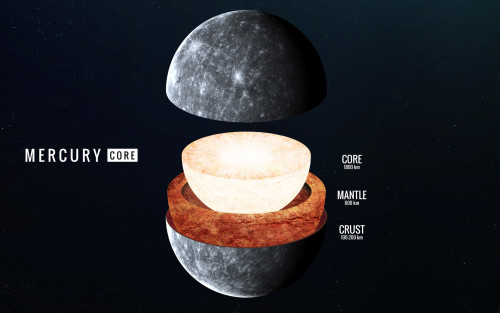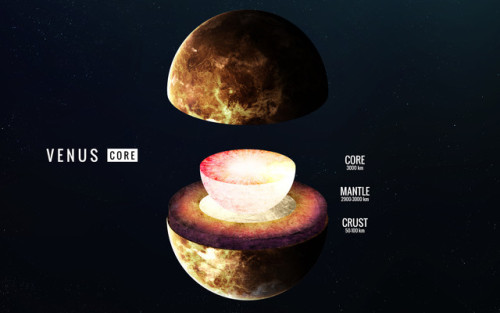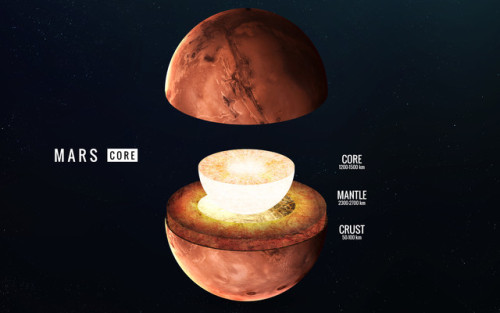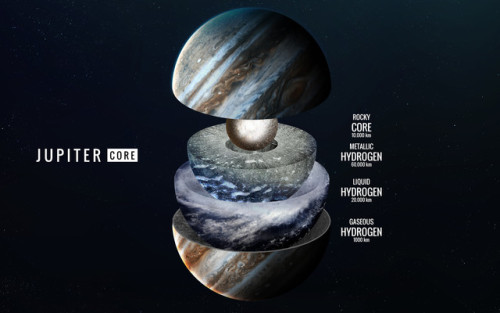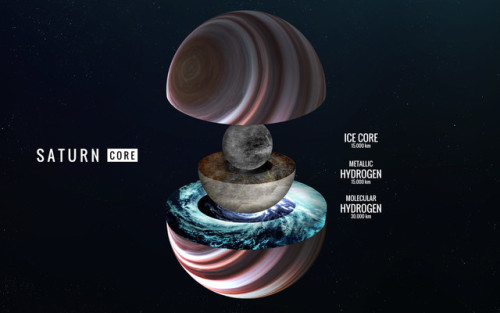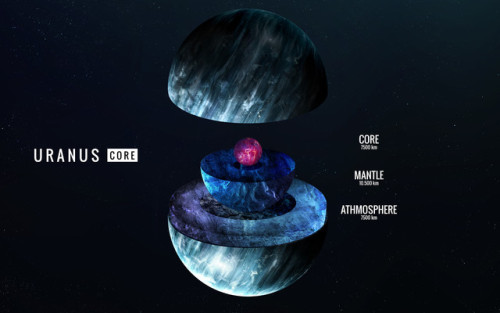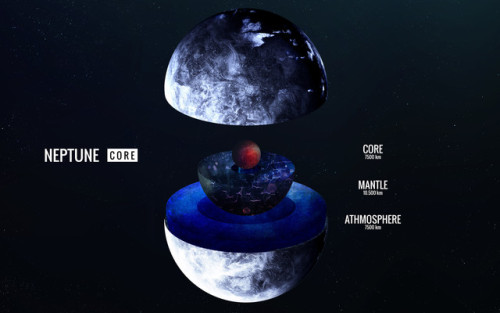Picture Of The Day - January 6, 2019

Picture of the Day - January 6, 2019
Ringed ice giant orbiting a star located near a beautiful red-colored nebula.
Space Engine System ID: RS 8550-3584-8-657793-464 5 to visit the planet in Space Engine.
PS: I apologize for the inconsistency of pictures lately. Personal issues are making my regular post schedule something erratic.
More Posts from Sharkspaceengine and Others

Picture of the Day - January 21, 2019
A ringed Titan under the dim glow of a red sun.

Picture of the day 2 - November 16, 2018.
Tidally locked desert-like world with green vegetation growing between the hellishly hot day-side desert, and the endless ice of the night side.
Ten Interesting facts about Mercury
Mercury is the closest planet to the sun. As such, it circles the sun faster than all the other planets, which is why Romans named it after their swift-footed messenger god. He is the god of financial gain, commerce, eloquence, messages, communication (including divination), travelers, boundaries, luck, trickery and thieves; he also serves as the guide of souls to the underworld

Like Venus, Mercury orbits the Sun within Earth’s orbit as an inferior planet, and never exceeds 28° away from the Sun. When viewed from Earth, this proximity to the Sun means the planet can only be seen near the western or eastern horizon during the early evening or early morning. At this time it may appear as a bright star-like object, but is often far more difficult to observe than Venus. The planet telescopically displays the complete range of phases, similar to Venus and the Moon, as it moves in its inner orbit relative to Earth, which reoccurs over the so-called synodic period approximately every 116 days.

Mercury’s axis has the smallest tilt of any of the Solar System’s planets (about 1⁄30 degree). Its orbital eccentricity is the largest of all known planets in the Solar System; at perihelion, Mercury’s distance from the Sun is only about two-thirds (or 66%) of its distance at aphelion.

Its orbital period around the Sun of 87.97 days is the shortest of all the planets in the Solar System. A sidereal day (the period of rotation) lasts about 58.7 Earth days.

Mercury’s surface appears heavily cratered and is similar in appearance to the Moon’s, indicating that it has been geologically inactive for billions of years. Having almost no atmosphere to retain heat, it has surface temperatures that vary diurnally more than on any other planet in the Solar System, ranging from 100 K (−173 °C; −280 °F) at night to 700 K (427 °C; 800 °F) during the day across the equatorial regions. The polar regions are constantly below 180 K (−93 °C; −136 °F). The planet has no known natural satellites.

Unlike many other planets which “self-heal” through natural geological processes, the surface of Mercury is covered in craters. These are caused by numerous encounters with asteroids and comets. Most Mercurian craters are named after famous writers and artists. Any crater larger than 250 kilometres in diameter is referred to as a Basin.

The largest known crater is Caloris Basin, with a diameter of 1,550 km. The impact that created the Caloris Basin was so powerful that it caused lava eruptions and left a concentric ring over 2 km tall surrounding the impact crater.

Two spacecraft have visited Mercury: Mariner 10 flew by in 1974 and 1975; and MESSENGER, launched in 2004, orbited Mercury over 4,000 times in four years before exhausting its fuel and crashing into the planet’s surface on April 30, 2015.

It is the smallest planet in the Solar System, with an equatorial radius of 2,439.7 kilometres (1,516.0 mi). Mercury is also smaller—albeit more massive—than the largestnatural satellites in the Solar System, Ganymede and Titan.

As if Mercury isn’t small enough, it not only shrank in its past but is continuing to shrink today. The tiny planet is made up of a single continental plate over a cooling iron core. As the core cools, it solidifies, reducing the planet’s volume and causing it to shrink. The process crumpled the surface, creating lobe-shaped scarps or cliffs, some hundreds of miles long and soaring up to a mile high, as well as Mercury’s “Great Valley,” which at about 620 miles long, 250 miles wide and 2 miles deep (1,000 by 400 by 3.2 km) is larger than Arizona’s famous Grand Canyon and deeper than the Great Rift Valley in East Africa.

The first telescopic observations of Mercury were made by Galileo in the early 17th century. Although he observed phases when he looked at Venus, his telescope was not powerful enough to see the phases of Mercury.
source
source
source
images: Joseph Brimacombe, NASA/JPL, Wikimedia Commons

Picture of the day - November 29, 2018
Its been a while since I showcased an entire star system on here, so the next several sets of pictures will be all the planets in this one system that I am going to name the “Insight System” after the newest Mars lander. Many more picture to come.
Above is a preview pic of the system. This is a binary system, so the planet’s night sides are all faintly illuminated.
Northern Lights

Picture of the Day - October 23, 2018
Auroras shine brilliantly over a polar cyclonic vortex.




Pictures of the Day - December 15, 2018
Insight A System - Second Planet (Insight A-II)
Insight A-II is the second planet orbiting Insight A. It is a Venus-like planet shrouded in a thick carbon dioxide and water vapor atmosphere 716 times thicker than Earth’s. The surface temperature averages 1,980 F, and most of the surface is covered in molten rock.
The planet orbits just 0.07 AU from the sun, completing an orbit once every 6.72 Earth days. Insight A-II is a super-earth with a mass 2.66 times that of Earth and a radius of 1.15 Earths.
High Resolution Pictures
Insight A-II
Comet-like planet
The Atmosphere
The Surface

The active atmosphere of a Venus-like planet, baking under its sun.
-
 rickyleoncannon liked this · 5 years ago
rickyleoncannon liked this · 5 years ago -
 stephenearp liked this · 6 years ago
stephenearp liked this · 6 years ago -
 harmonicgamingangel22blog liked this · 6 years ago
harmonicgamingangel22blog liked this · 6 years ago -
 brushesnbunnies liked this · 6 years ago
brushesnbunnies liked this · 6 years ago -
 sharkspaceengine reblogged this · 6 years ago
sharkspaceengine reblogged this · 6 years ago
My Space Engine Adventures, also any space related topic or news. www.spaceengine.org to download space engine. The game is free by the way. Please feel free to ask me anything, provide suggestions on systems to visit or post any space related topic.Check out my other blog https://bunsandsharks.tumblr.com for rabbit and shark blog.
294 posts








